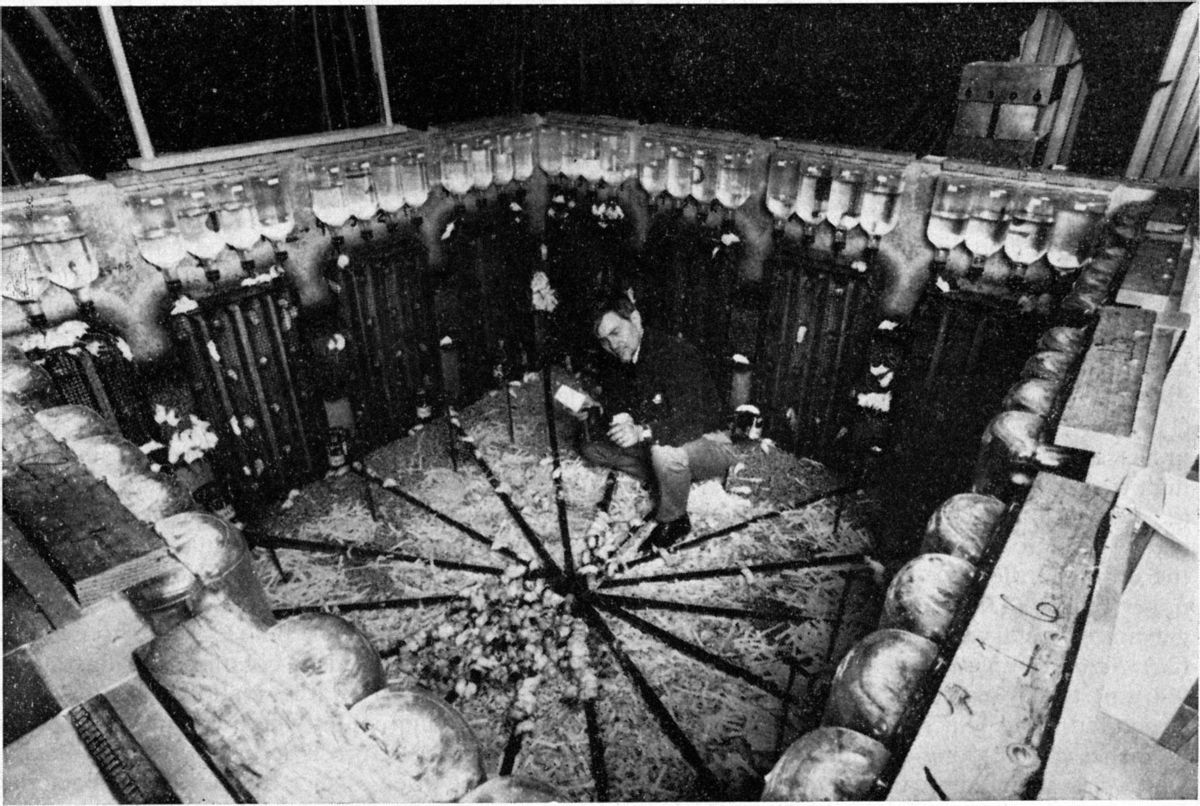by JACK IZZO

John Calhoun’s “rodent utopia” experiments have been frequently used as evidence for “societal decay.”
The closest thing to utopia the world has ever seen might have existed in a Maryland barn for a couple ofyears during the late 1960s: a complex built for rodents as part of a science experiment.
The study had an interesting premise and shocking results — a failed society that pushed itself into extinction. Almost immediately, scientists and laypeople alike began suggesting it could be apocalyptic prediction of the future of humanity. In other words, it was almost tailor-made for internet virality.
Snopes readers have written many emails over the last few years asking us about the notorious rodent utopia experiment, sometimes called “Universe 25.”
The Background
Before explaining the experiment, it’s important to understand why itwas performed. While environmentalism as a political theory had been around in bits and pieces since the early days of the Industrial Revolution, it was not until just after World War II that people truly began to politically organize around the environment.
One of the largest fears at the time was overpopulation — sometimes called Malthusianism after an 18th-century demographer, Thomas Malthus, who proposed that population would eventually grow faster than food production, meaning that, eventually, humanity would be unable to feed everyone. Many early environmentalists proposed similar ideas.
In the 1950s, an animal behaviorist named John Calhoun started working at the National Institute of Mental Health. He had long worked with rats, the subject of his Ph.D. thesis, and was interested in studying how a rat society would develop over time when it was limited onlyby space. In other words, he wanted to test the effects of overpopulation.
In order to run his experiment, Calhoun designed complexes, which he named “Universes,” that would provide his rodent subjects all they needed to survive — food, water and protection from predators and disease. The only thing that would limit the population growth would be space.
As he watched the rodent societies grow, he began noticing strange trends:
Pregnant females began having problems raising offspring. Dominant males became incredibly territorial and overactive, while subordinate males increasingly withdrew from the larger group, coming out “to eat, drink and move about only when other members of the community were asleep.” Rats became so conditioned to eating with others that they would refuse to eat alone. Some males became hypersexual and attempted to mate with anyone and everyone. Fighting was frequent. Rats began cannibalizing other rats. At one point, the infant mortality rate reached an astonishing 96%.
As one of Calhoun’s assistants put it, “utopia” had turned into a “hell.”
Snopes for more
